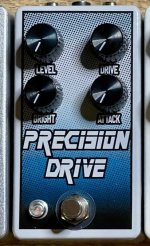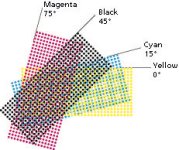bluedmc777
Active member
Question…do any of you use the cheap pre-wired leds of Amazon? I see a lot of build that appear so. Seems to me something like that would be a descent time saver and you don’t have to keep up with as many parts since most of them already have the bezel included.






